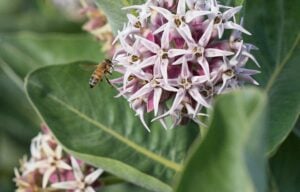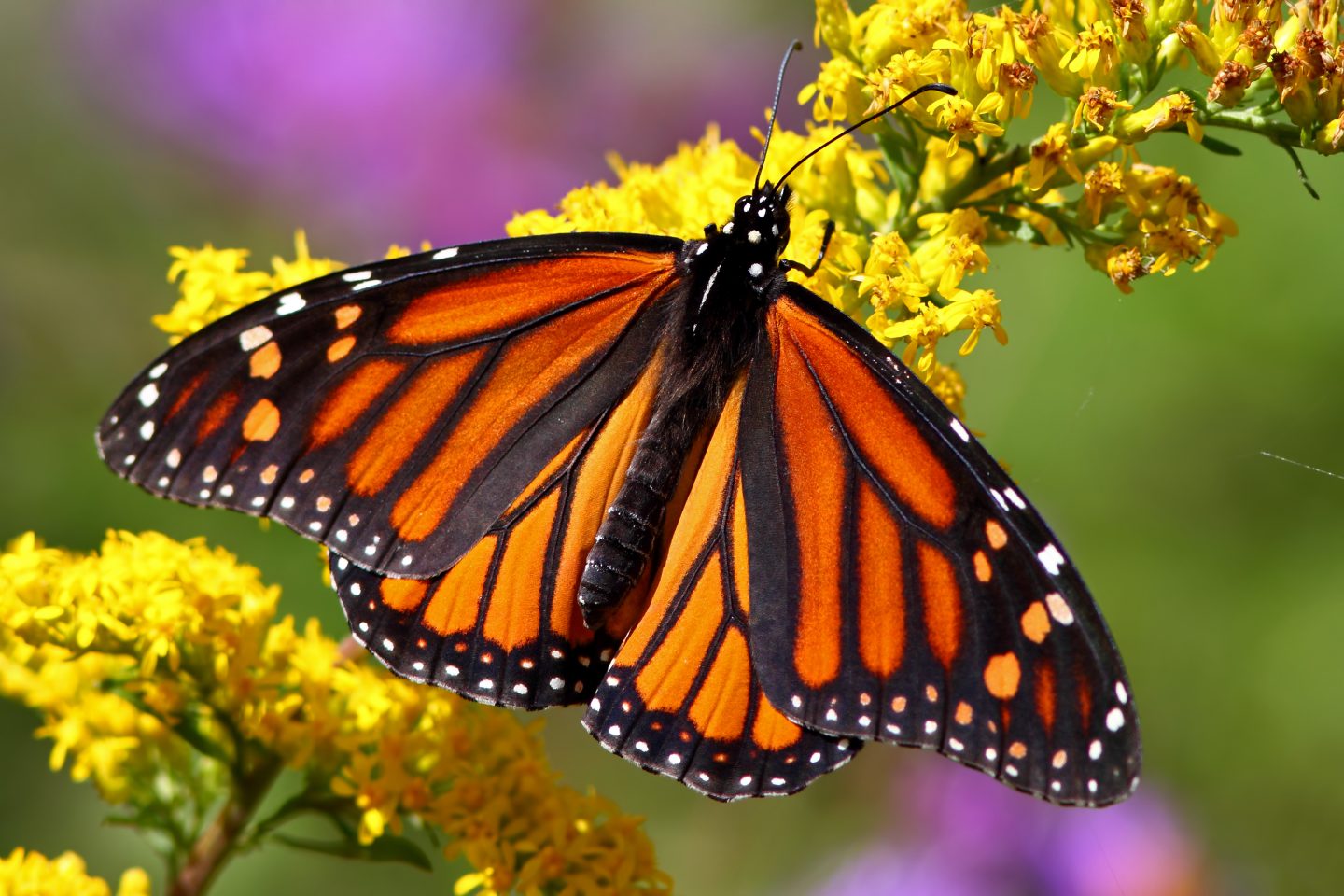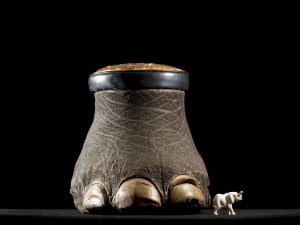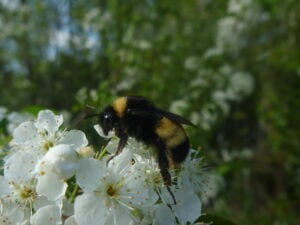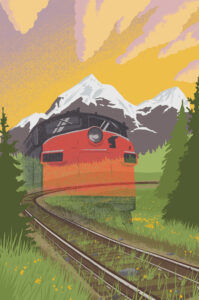Urban nature enthusiasts are venturing beyond their personal gardens this spring, armed with trowels and seeds, joining forces with others. Soon they will be planting the sides of highways, gardens of city halls and school parks with flowers and shrubs native to their neighbourhoods.
It’s all part of the Butterflyway Project, a David Suzuki Foundation initiative that aims to create a highway of gardens for butterflies and bees — called a butterflyway — across each city.
Beginning in March, the Butterflyway Project rounded up volunteers in Victoria, Richmond, B.C., Toronto, Markham, Ont., and Montreal to act as butterfly rangers. Rangers in each city coordinate partnerships with schools, companies and city councillors to create pollinator gardens for the city’s bee and butterfly populations.
The goal of the project is to have the rangers and their partners plant at least 12 pollinator patches, which are gardens filled with native wildflowers, plants and shrubs, and spread them across the city. “The idea is to thread together dozen or so of these patches and connect the dots,” says Jode Roberts, the project’s manager. “It’s a neat little exercise to zoom out and look at your neighbourhood as a wildlife corridor.”
Butterflies forage for their food, sometimes across great distances. The monarch butterfly, for instance, travels from Canada to Mexico, though most species of butterfly in Canada don’t travel that far; many will flit across a city, or a neighbourhood, in search of food.
The pollinator patches are also helpful to the bees and other insects that benefit the ecosystem. Unlike butterflies, bees are central place foragers, meaning they will forage and then return to a home base. Honeybees can fly up to 10 kilometres.
“Part of this project is giving people a practical outlet for their concerns over climate or energy or their environmental footprint,” says Roberts.
That’s exactly why Jennifer Pezzack, 47, from Thornhill, Ont. got involved. “I’m really passionate about nature,” she says, “and I saw this as an opportunity to build a community.” Pezzack is one of the butterfly rangers for the Markham area. Her sense of wonder for nature grew from taking nature walks with her eight-year-old son when he was little, stopping to see caterpillars change and flowers grow. “It’s pretty magical,” says Pezzack, “and if I can help others notice that, I would love to be part of it.”
Pezzack says she plans on running the Butterflyway Project similar to a barn raising, where a few families get together and complete a small project and then bring more families into the mix to complete a bigger project. “We’re starting small and expanding from there, generating more awareness and interest as we go.”
